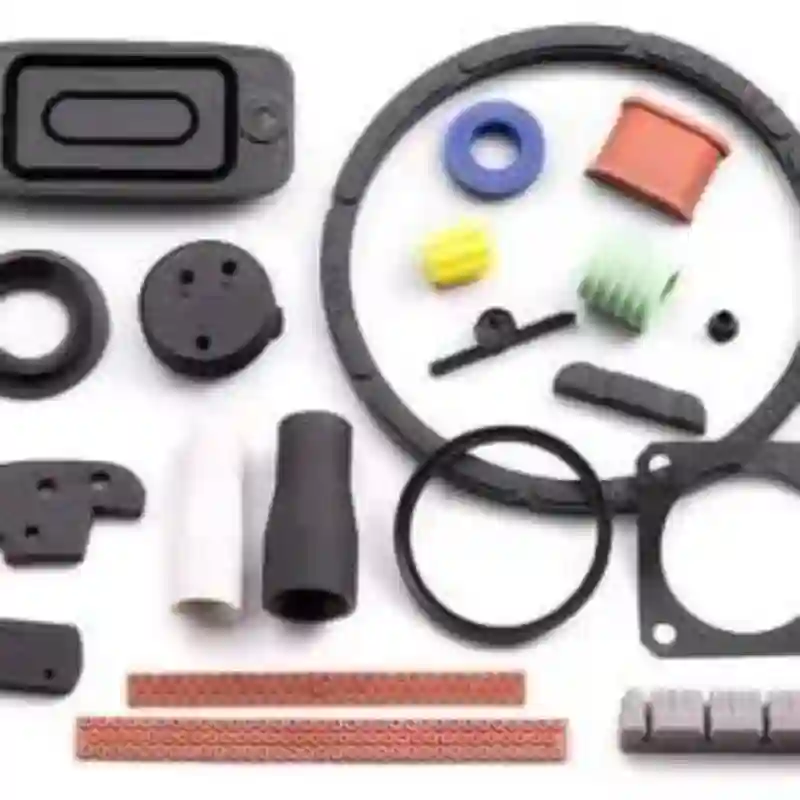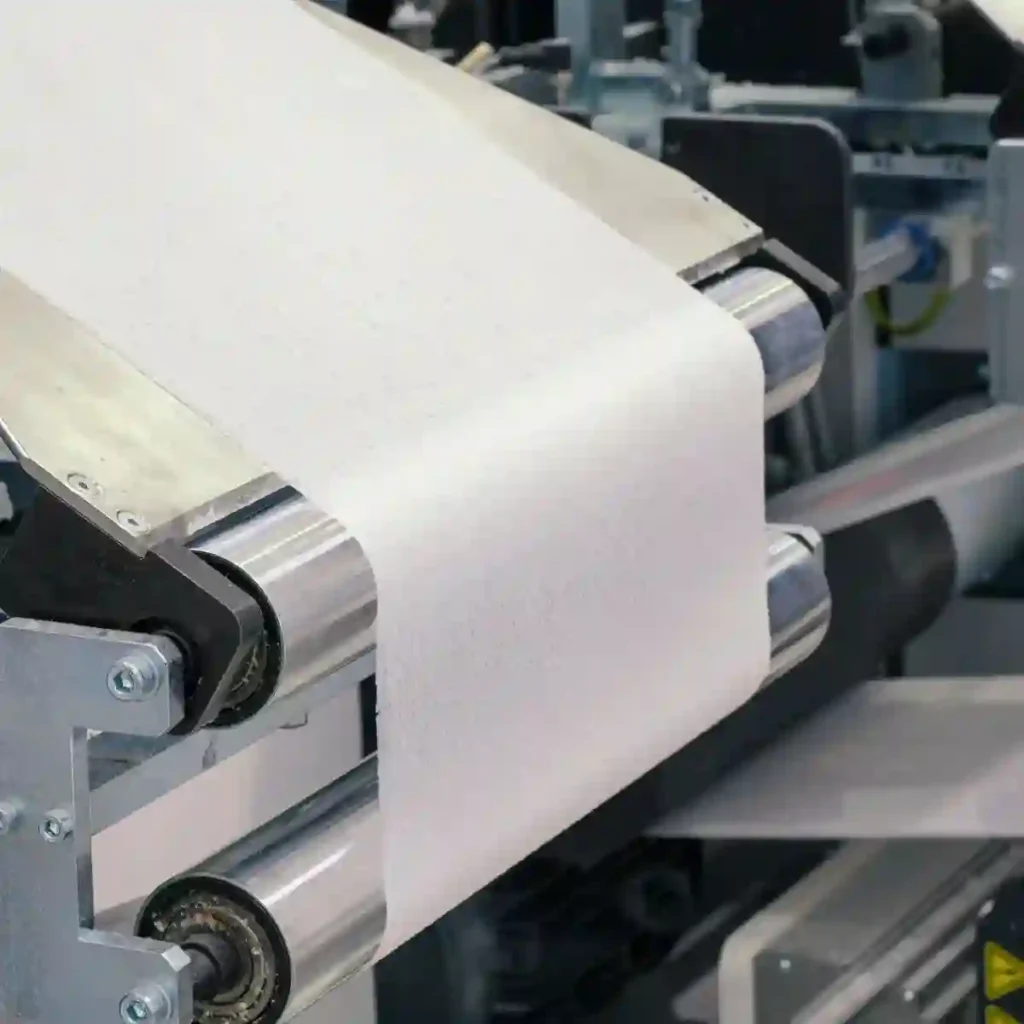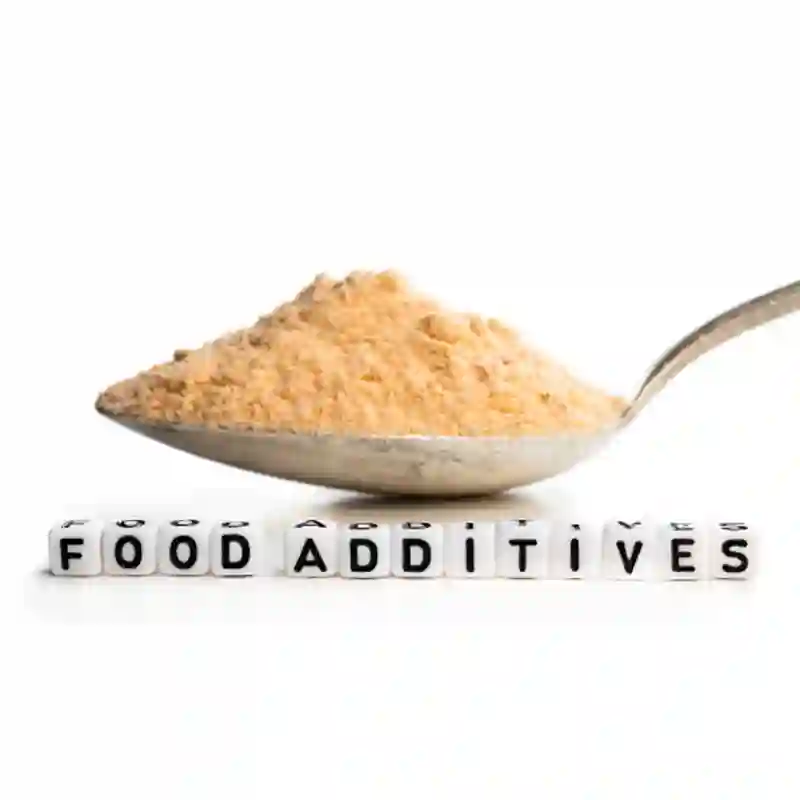Hebei Messi Biology Co., Ltd. stated that hydrated basic magnesium carbonate, with the molecular formula 3MgCO3·Mg(OH)2·3H2O and a white powder appearance, is a new type of high-functionality that was born with the development of nanomaterials. Fine inorganic materials. Because modified magnesium carbonate has thermal, optical, electrical, mechanical and chemical properties that are different from those of the bulk material, it is widely used in rubber, coatings, plastics, papermaking, food, medicine and other fields.
Magnesium carbonate has many surface atoms, high surface energy, and strong polarity. Its surface properties are quite different from those of non-polar or weakly polar organic polymers. The two have poor compatibility, so it is directly used as a polymer. Filling can easily lead to a decrease in the impact strength, elongation and other mechanical processing properties of the composite material. Therefore, fillers must be surface modified to improve their physical properties and enhance their compatibility with organic matrices, thereby broadening their application scope.
There are four main theories on the surface modification of magnesium carbonate: chemical bond theory, surface wetting theory, deformable layer theory and constrained layer theory.
(1) The chemical bond theory believes that the coupling agent contains two chemical functional groups, one can form a chemical bond with the protons on the filler surface, and the other can bond with the polymer molecules, resulting in strong interfacial bonding and improving the mechanical properties of the filled composite materials. .
(2) The surface wettability theory believes that the good wettability of the filler by the polymer matrix has a significant impact on the performance of the composite material. If the filler can be completely wetted, the physical adsorption of the resin to the high-energy surface will provide a bond strength that is higher than the cohesive strength of the organic resin.
(3) The deformable layer theory believes that the surface of the filler modified by the coupling agent may preferentially become a compounding agent in the adsorption resin, and the uneven solidification of the interphase area may lead to a monomolecular layer between the polymer and the filler than the coupling agent. A much thicker layer of soft resin, the deformation layer. It can relax interface stress and prevent the expansion of interface cracks, thereby improving the bonding strength of the interface.
(4) The constrained layer theory believes that in the interface area between high-modulus powder and low-modulus resin, if the modulus is between the two, the stress can be transmitted most uniformly.





